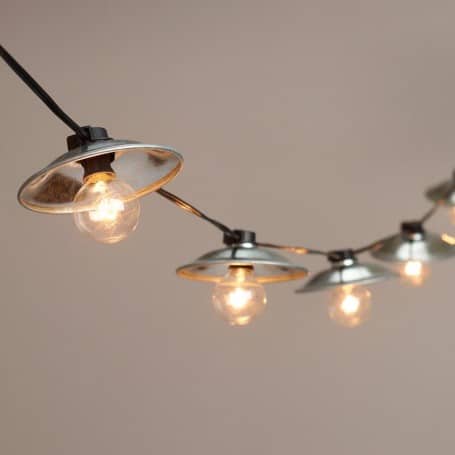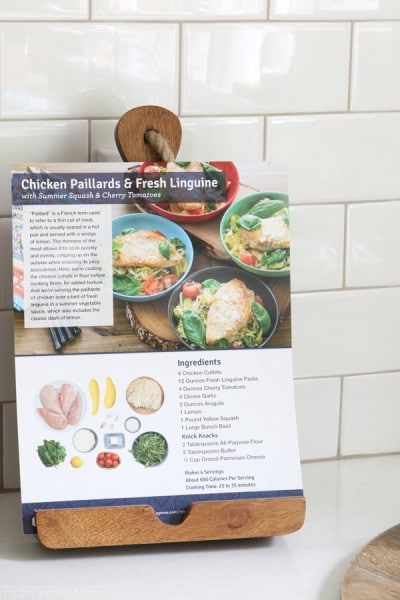
In today’s modern world, many of the old skills that shaped our country are now performed by machines for efficiency and cost-cutting purposes.
However, these skills once held real value to those who learnt them and thankfully, in recent years, that value is being recognised once again with a resurge in interest.
Thanks to a combination of the desire to create your own income from traditional crafts and a renewed interest in original, hand-made works, people are taking up traditional crafts and trades like never before.
Stonemason
While stonework has always been required in building throughout the centuries, it is best remembered when used to create exceptional decorations. Cathedrals, mausoleums, castles, palaces and similar buildings have exquisite examples of stonework at its finest. The grander the design, the more important and wealthy was the owner.
Modern buildings might not require the opulence of days gone by but stonemasons are still in demand for their skills, especially when it comes to restoring older heritage properties. When the job market fell a few years ago, many workers began looking at specialist skills in order to set themselves apart from the competition.
Builders and the like found that having a skill like stonemasonry widened their job market and gave them more work opportunities.
Thatcher
Back in the 17th century, every house had a thatched roof because that was the most common and most affordable material available. As man-made materials and roof techniques became more widespread, thatched roofs fell out of favour.
Thanks to an interest in all things traditional surfacing in the 2000s, thatched roofs have boomed in popularity. Not only are existing roofs being restored and repaired, but new houses are opting for the thatched look as well.
Because the roofs can last up to 50 years or more, there is always a need for skilled thatchers to complete repairs and restorations. This job security has led many of the younger generation to take up thatching as a trade.
Image source: TedQuackenbushTedQuackenbush via Wikimedia Commons
Jewellers
Nowadays when someone says jeweller, they usually mean a person who sells jewels. However, in days gone by a jeweller was a person who crafted their own jewellery to sell.
In history, wearing jewellery became popular because the ‘celebrities’ of the day, such as kings, queens and aristocracy, wore it. For the lower classes who could not afford the opulence of royalty, they turned to local jewellers who could craft items to specific cost requirements.
Jewellers would need to know how to work with both metals and gems and the skills required are very similar to today’s modern jewellers. The increased numbers of jewellers has come about mostly due to the internet which allows smaller, independent jewellers to advertise their wares on the same platforms as larger companies.
Blacksmith
Being a local blacksmith was once a lucrative job as many of the items that people used in their daily lives were items that needed to be made by a skilled blacksmith. Items such as horseshoes, hammers, nails, swords, garden tools and cooking equipment were all crafted by the local blacksmith.
As mass production grew, the trade waned to the point where it was mostly preserved in museums and national heritage sites but when people began looking for new skills to give them the edge in the job market, blacksmithing quickly became a role for those who wished to create art and home décor in their own forges, often located in back garden workshops or garages. There is also a large market for those who wish to perform historical re-enactments or LARP (Live Action Role Play) events.
Drystone Waller
This might not be a skill you instantly associate with traditional crafts but it should be considering how many drystone walls there are across the UK. In the past, farmers and landowners would create drystone walls to define their borders and keep livestock from wandering.
As drystone walls do not require any cement or bonding materials, they could be erected using just stones. Nevertheless, they were not easy to create and the skill was highly regarded until quite recently.
A renewed interest in preserving the country’s history has seen many crumbling drystone walls restored and many new ones erected as well. The dry stone walls of Cape Wrath in Scotland and Hadrian’s Wall are some of the more well-known examples of dry stone walls. There are also a number of online guides and resources available to help those interested in drystone walling to get started.
The post Traditional trades for modern workers appeared first on Rated People Blog.


 Style by Emily Henderson I love string lights year round, but outdoor string lights at dusk in the summer just makes me especially happy! They add such a pretty festive glow to a backyard or patio on a late summer evening, don’t you think? Many times when I’m in search of string lights for an upcoming event, the […]
Style by Emily Henderson I love string lights year round, but outdoor string lights at dusk in the summer just makes me especially happy! They add such a pretty festive glow to a backyard or patio on a late summer evening, don’t you think? Many times when I’m in search of string lights for an upcoming event, the […]























 This post prepared in partnership with Blue Apron I think delegation is the number one secret I’ve found for time management. If you want to stay sane as a mom or anyone who has a lot of responsibilities and things to juggle, you have to focus on doing things only you can do, and then just say no to non-essentials […]
This post prepared in partnership with Blue Apron I think delegation is the number one secret I’ve found for time management. If you want to stay sane as a mom or anyone who has a lot of responsibilities and things to juggle, you have to focus on doing things only you can do, and then just say no to non-essentials […]







